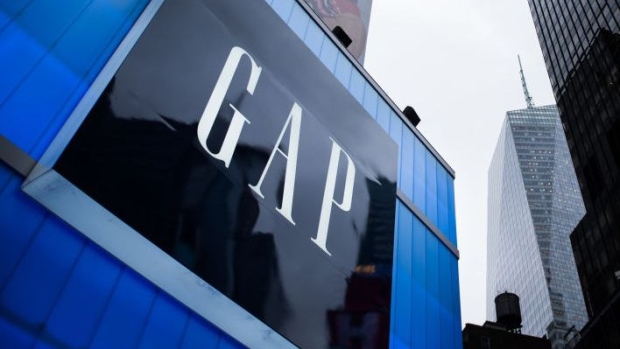Mar 30, 2020
Gap joins growing list of retailers to furlough workers
, Bloomberg News

On Monday, three days after President Trump signed a US$2 trillion stimulus into law, Kohl’s Corp., Macy’s Inc. and Gap Inc. joined the growing number of retailers to halt pay for much of their workforce, while preserving some benefits.
With these furloughs, that brings the total number of employees who are out a paycheck at major U.S. chains to more than 500,000, according to data compiled by Bloomberg.
The stimulus offers tax breaks to companies that keep paying workers who can no longer do their jobs because of the economic shutdown caused by the coronavirus pandemic. While these firms opted not to do that, many are continuing to provide health coverage and under the law may be able to deduct that cost. The package also boosted unemployment benefits $600 per week, which should be available to these workers.
Millions more are in danger of being furloughed or fired as chains reel from nationwide closures that started about two weeks ago and have totaled nearly 50,000 locations.
Many of these workers are at the bottom of the income ladder. Nearly 16 million people work in the retail industry, at stores ranging from gas stations to fashion boutiques, according to the U.S. Bureau of Labor Statistics. About 5 million of those employees are store associates, who on average make around $24,000 per year, or $11.70 an hour.
Victoria’s Secret
Other retailers furloughing employees in the past few days include L Brands, owner of Victoria’s Secret and Bath & Body Works, shoe sellers DSW and Steve Madden Ltd. and suitmaker Tailored Brands Inc., which owns Men’s Wearhouse and JoS. A Bank.
Analysts are concerned that stores may remain closed much longer than initially expected, leaving those store associates without work for an extended period. Gap went as far as to offer information to employees on other retailers, such as Walmart Inc., that remain open and are hiring.
Most brands hoped to get back to business within two weeks, but that won’t be possible with the ongoing outbreak. Trump said Monday that he’s extending social distancing guidelines for Americans through the end of April.
“The bottom line is the coast isn’t clear and likely to be choppy and get much worse before getting better,” Randal Konik, an analyst at Jefferies, wrote in a note to clients.



